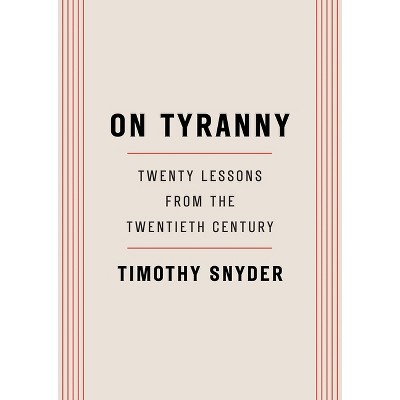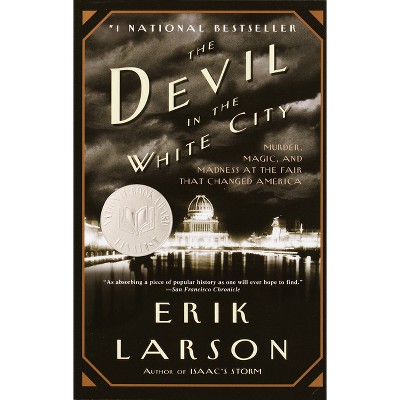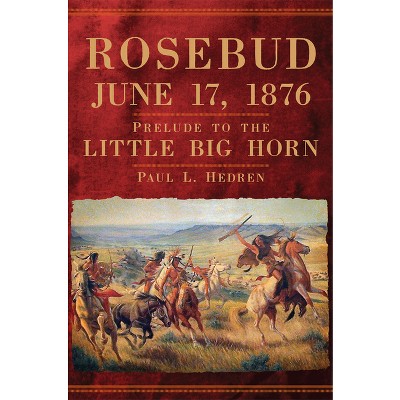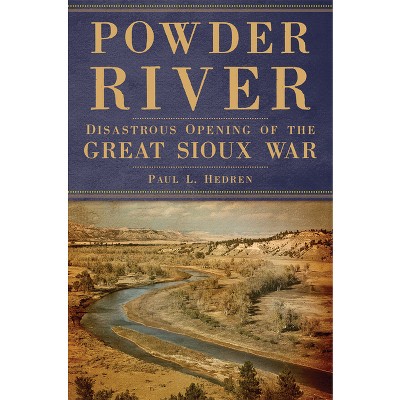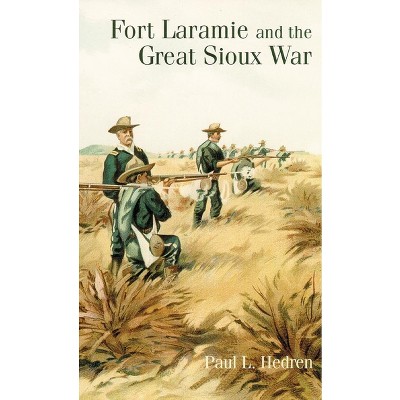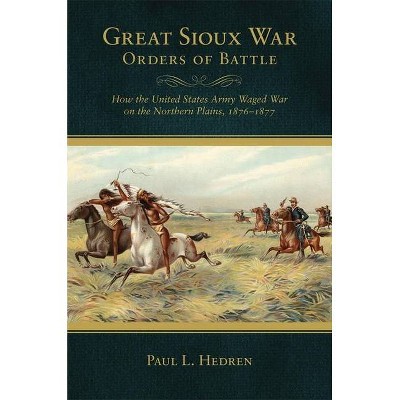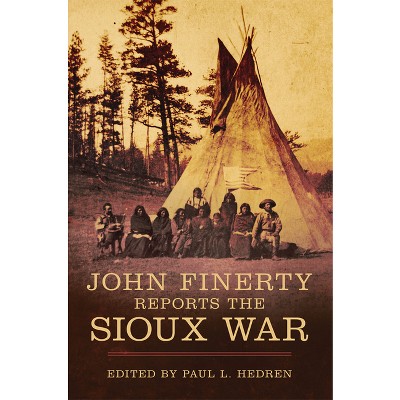About this item
Highlights
- Between 1876 and 1877, the U.S. Army battled Lakota Sioux and Northern Cheyenne Indians in a series of vicious conflicts known today as the Great Sioux War.
- Author(s): Paul L Hedren
- 276 Pages
- History, Military
Description
About the Book
Between 1876 and 1877, the U.S. Army battled Lakota Sioux and Northern Cheyenne Indians in a series of vicious conflicts known today as the Great Sioux War. After the defeat of Custer at the Little Big Horn in June 1876, the army responded to its stunning loss by pouring fresh troops and resources into the war effort. In the end, the U.S. Army prevailed, but at a significant cost. In this unique contribution to American western history, Paul L. Hedren examines the war's effects on the culture, environment, and geography of the northern Great Plains, their Native inhabitants, and the Anglo-American invaders.Book Synopsis
Between 1876 and 1877, the U.S. Army battled Lakota Sioux and Northern Cheyenne Indians in a series of vicious conflicts known today as the Great Sioux War. After the defeat of Custer at the Little Big Horn in June 1876, the army responded to its stunning loss by pouring fresh troops and resources into the war effort. In the end, the U.S. Army prevailed, but at a significant cost. In this unique contribution to American western history, Paul L. Hedren examines the war's effects on the culture, environment, and geography of the northern Great Plains, their Native inhabitants, and the Anglo-American invaders.
As Hedren explains, U.S. military control of the northern plains following the Great Sioux War permitted the Northern Pacific Railroad to extend westward from the Missouri River. The new transcontinental line brought hide hunters who targeted the great northern buffalo herds and ultimately destroyed them. A de-buffaloed prairie lured cattlemen, who in turn spawned their own culture. Through forced surrender of their lands and lifeways, Lakotas and Northern Cheyennes now experienced even more stress and calamity than they had endured during the war itself. The victors, meanwhile, faced a different set of challenges, among them providing security for the railroad crews, hide hunters, and cattlemen.
Hedren is the first scholar to examine the events of 1876-77 and their aftermath as a whole, taking into account relationships among military leaders, the building of forts, and the army's efforts to memorialize the war and its victims. Woven into his narrative are the voices of those who witnessed such events as the burial of Custer, the laying of railroad track, or the sudden surround of a buffalo herd. Their personal testimonies lend both vibrancy and pathos to this story of irreversible change in Sioux Country.
Review Quotes
"Hedren's chronicle of the transformation of the northern plains in the wake of the Great Sioux War makes for essential reading. After Custer is at once compelling, moving, and richly rewarding."--Jerome A. Greene, author of Beyond Bear's Paw: The Nez Perce Indians in Canada
"In this original new book, Paul Hedren relates one of the great tales in American history--how the Sioux and Cheyenne, lords of the northern plains, were stripped of their land and confined to reservations. Hedren begins where most historians have ended: at the moment when the shooting stopped. What came next is the meat of After Custer--establishing military posts, building railroads, killing the buffalo. The story of this conquest, told with a wealth of new detail, is sometimes sad but always dramatic."--Thomas Powers, author of The Killing of Crazy Horse
Shipping details
Return details
Trending History


